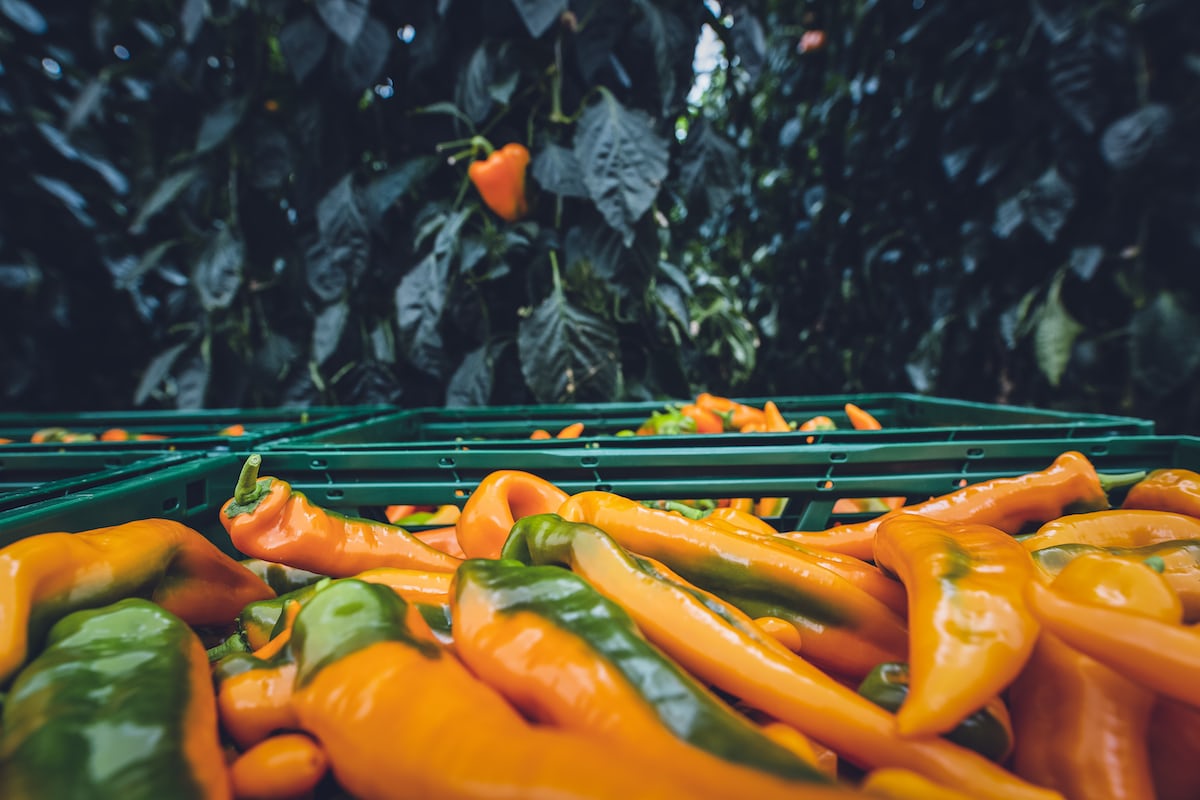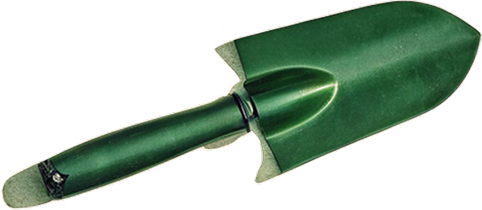Harvesting Vegetables the Right Way: Tips for Garden Success

Harvesting Vegetables
Harvesting vegetables at peak ripeness unlocks better taste, higher nutrients and bigger yields. Pick leafy greens early morning to keep crispness; grab tomatoes midday for concentrated sweetness; root vegetables like carrots taste sweeter after the first frost. Treat your bounty gently and smartly—you've spent months growing; now let's make the most of it with a few pro harvesting moves.
Cheatsheet: Timely, Skillful Vegetable Harvests
⏰ Best Timing
- Morning: Pick before sun wilts leaves.
- Full size, firm, color-rich veggies = peak nutrition.
- Average home harvests last 4–6 weeks per crop.
🔪 Tools and Products You'll Need
- Sharp pruners or harvest knife
- Harvest basket or produce bag
- Clean water, gloves (optional)
🌱 How To Harvest Common Veggies
- Leafy greens: Snip outer leaves at 2–6 in/5–15 cm, let center regrow.
- Tomatoes: Twist and pull when fully colored, slightly soft.
- Beans/peas: Pick every 1–2 days, young and tender for best taste.
- Root crops: Loosen soil, gently lift at full size (carrots, beets, radishes).
- Squash/cucumbers: Cut stem with pruners, avoid pulling (prevents plant damage).
🥬 Keep It Fresh
- Cool quickly: Submerge in cold water for 10 min.
- Store 38–50°F / 3–10°C (most veggies).
- Leave dirt on root crops until use.
💪 Nutrition & Self-Sufficiency
- Up to 50% more vitamins in just-picked veggies.
- Home harvests reduce grocery costs, boost food security.
- Kids eat 3× more veggies if they participate in harvest.
The Art of Timing: Knowing When Veggies Are Ready
Vegetables signal their readiness subtly. I'll never forget my first zucchini harvest—those little devils grew overnight into baseball bats because I missed checking the garden for just one day!
Every veggie has its sweet spot. Tender zucchini taste best around 6–8 inches (15–20 cm); tomatoes practically drop into your hand when ripe, bright and slightly soft.
- Tomatoes: Rich color, slight give to the touch, and easy separation from the stem.
- Zucchini & Summer Squash: Harvest at 6–8 inches (15–20 cm) long for tender flesh and fewer seeds.
- Cucumbers: Bright green, firm skin, harvested at 6–9 inches (15–23 cm).
- Peppers: Firm, shiny, vividly colored; sweet peppers are sweeter fully ripened to reds, yellows, or oranges.
- Leafy greens: Tender, vibrant leaves without bitterness or bolting (flower formation).
"A well-timed harvest can double your garden's yield and triple the flavor."
The Gentle Touch: Methods of Picking Properly
Vegetables bruise and wilt if handled roughly, losing their flavor and lifespan. I learned this the hard way, thinking I could manhandle a tender leaf lettuce—rookie mistake.
Always pick veggies early in the morning or late evening. They’re cooler, crisper, and full of moisture, providing the best flavor and storage potential.
- Snip, don’t rip: Use sharp scissors or garden shears for delicate greens and herbs to avoid damaging roots.
- Twist gently: Tomatoes and peppers detach easily with a gentle twist at their natural joint.
- Pull carefully: Root veggies like carrots and radishes require steady, gentle pressure to avoid snapping in the soil.
Keeping Your Veggies Fresh After Harvest
Harvesting vegetables right is only half the story. If they wilt half an hour after leaving the garden, something's off.
I like to bring a bucket of cool water to the garden for leafy greens and herbs. Immediately plunging them into cool water shocks them fresh, buying extra days of tenderness.
- Leafy greens: Rinse gently, shake dry, wrap loosely in damp cloth, and refrigerate immediately.
- Tomatoes & peppers: Store at cool room temperature out of direct sunlight for maximum flavor.
- Root veggies: Shake off excess dirt (don't wash yet!) and store in a cool, dark, humid place such as your fridge's vegetable bin.
"Proper storage can preserve nutrient content, flavor, and freshness for days—even weeks."
Continuous Harvesting & Succession Planting
A gardener’s dream is continuous harvest throughout the season—fresh salads and crisp veggies daily. Success comes from succession planting, staggering plantings to extend harvests.
Once you pick veggies, immediately plant more seeds or seedlings in their place. This keeps your garden productive and your table richly laden until frost.
Quick Veggies for Succession Planting:
- Radishes (ready in 25–30 days)
- Lettuces and spinach (harvest in roughly 4–6 weeks)
- Beans and peas (fast growers—about 50–60 days)
Vegetable harvests reward careful timing, gentle handling, thoughtful storage, and smart planting. Master these techniques, and your garden bounty—and taste buds—will thank you.

Want smarter plant choices? 🪴
Frequently Asked Questions About Harvesting Vegetables
What signs indicate vegetables are ready for harvesting?
Each vegetable variety provides clear indicators of harvesting readiness. Check for visual and tactile signs like color intensity, firmness, and size. For instance, ripe tomatoes feature vibrant color and yield slightly under gentle pressure, while mature zucchinis measure around 6 to 8 inches (15–20 cm) with a glossy skin.
What's the optimal time of day to pick vegetables?
Pick vegetables early in the morning, after dew evaporates but before the heat peaks. Cooler morning temperatures around 60–70°F (15–21°C) help maintain vegetable freshness and maximize flavor prior to midday heat exposure.
Should vegetables be harvested by hand or with tools?
Many vegetables benefit from hand-picking to reduce bruising, such as peas and beans. However, tools like clean scissors or pruning shears effectively harvest tougher-skinned or vine crops like cucumbers, zucchini, peppers, and tomatoes, minimizing plant damage and ensuring continued productivity.
Does harvesting frequency affect vegetable plant growth?
Regular picking stimulates plants to produce additional fruits or vegetables. Consistent harvesting, especially for crops like beans, peas, zucchini, and leafy greens, encourages steady growth and prolongs the productive life of the plant throughout the growing season.
Can picked vegetables ripen further off the plant?
Some vegetables, such as tomatoes and peppers, ripen progressively after harvesting, especially when stored at room temperature around 65–75°F (18–24°C). Others, like cucumbers, zucchini, lettuce, and beans, do not ripen post-harvest and should be collected at peak maturity.
What's the best way to store freshly harvested vegetables?
Store fresh vegetables promptly in cool, humid environments to retain their freshness and nutritional value. Leafy greens and root vegetables thrive in refrigerated storage at temperatures between 35–40°F (2–4°C) in ventilated bags or containers, while tomatoes, cucumbers, and squash prefer slightly warmer ambient conditions around 50–60°F (10–15°C).
Harvesting vegetables isn’t just about yanking roots or snipping greens. It’s about timing, technique, and a little respect for the process. Pick your crops at their peak—firm, vibrant, and full of flavor. Use sharp tools, gentle hands, and never rush; bruised produce doesn’t keep. Rotate your picking to encourage more growth, and know when to let a plant rest. If you’re still figuring out what to grow, check this garden vegetables list for inspiration. And if you’re tight on space, these garden pots for growing vegetables might open up new possibilities. In short, harvesting vegetables the right way means honoring your effort from seed to table. Do it well, and your garden will feed you—body and soul—season after season.
Health Benefits of Harvesting Your Vegetables Fresh
Boost Nutrient Density and Flavor
Vegetables harvested at peak ripeness retain up to 30–50% more vitamins and antioxidants compared to store-bought produce. Picking and consuming within hours ensures maximum nutritional intake.
Enhance Gut Health Naturally
- Fresh-picked root vegetables: provide higher fiber, benefiting gut microbiome and digestion.
- Home-harvested leafy greens: richer source of prebiotic compounds that support beneficial gut bacteria.
Reduce Exposure to Chemical Residues
Home-harvested organic vegetables eliminate exposure to synthetic pesticides and preservatives, reducing potential long-term health risks.
Increase Physical Activity and Sunlight Exposure
Regular harvesting provides moderate exercise and enhances vitamin D levels, benefiting bone health, mood, and overall well-being.
Support Mental and Emotional Well-being
- Gardening reduces cortisol levels, lowering stress and anxiety.
- Harvesting your garden increases dopamine levels, promoting feelings of accomplishment and satisfaction.
Find out which plants will thrive in your garden!
Answer a few fun questions and get custom plant recommendations perfect for your space. Let’s grow something amazing together!

start your season





